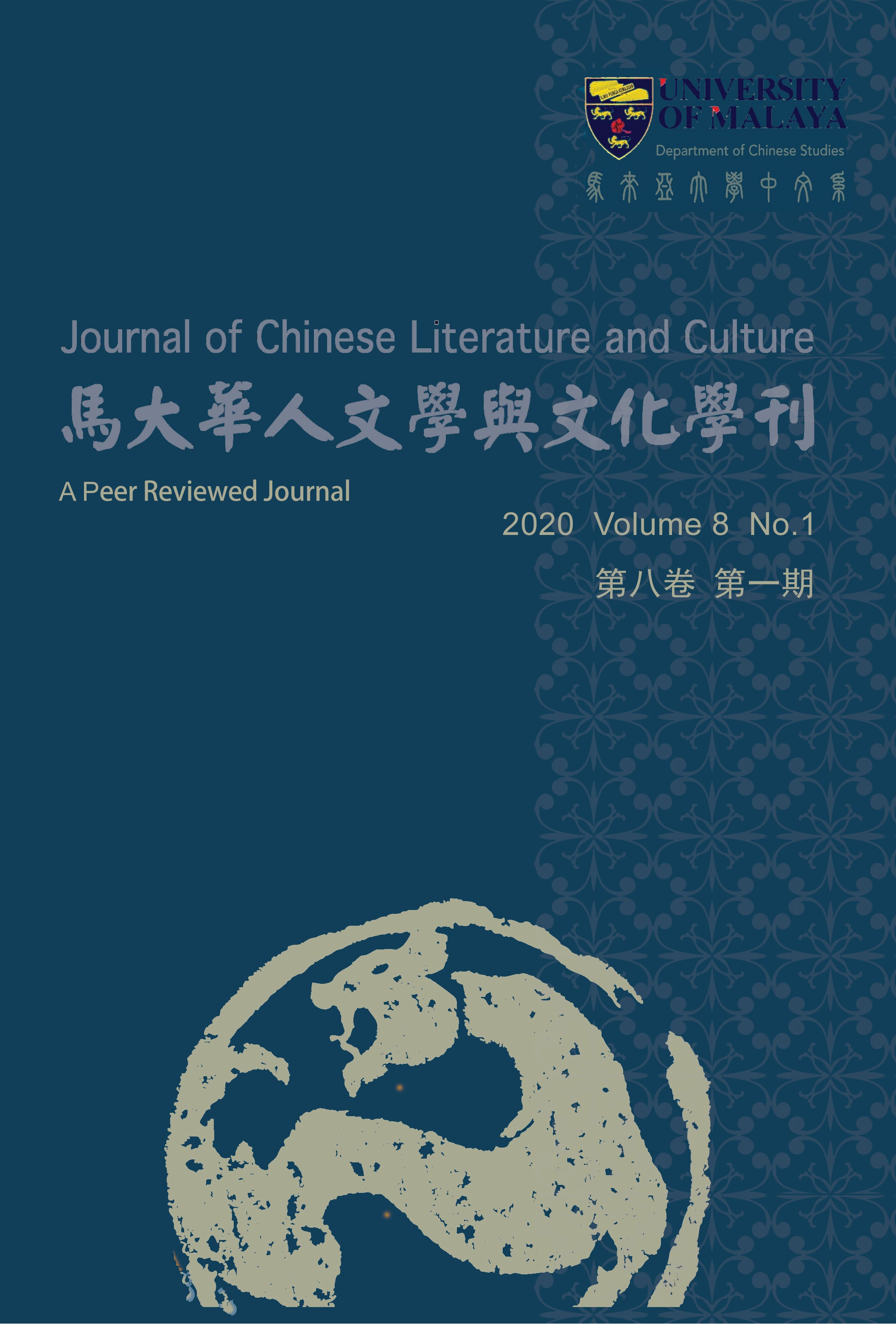从管制到自治:简论马来西亚华人新村的发展与现况 From Controlled to Self-Governance: The Development and Status Quo of The Chinese New Villages in Malaysia
Main Article Content
Abstract
Abstract
The Chinese New Villages in Malaysia has been established for more than 70 years. New villages were formed during the period of “State of emergency” imposed by the Malayan colonial government in 1948 due to the armed threat from the Communist Party of Malaya. In order to effectively prevent the Chinese villagers from providing information, food and medicine to the guerrillas hiding in the jungle, one of the strategies adopted was to relocate the squatters who live on the edge of the jungle to the “Resettlement Area”. This strategy was strictly implemented after 1950, which eventually led to the emergence of about 450 Chinese villages, which affected and changed the population of Malaya (and later Malaysia), and led to the accelerated process of urbanization where the Malaysian Chinese residents are gathered in the town area. At the beginning of the establishment years, most new villages were surrounded by iron fences and the entrances of the villages were guarded by armed soldiers. The living conditions and food allocation of villagers were strictly controlled by the authorities. After the end of "Emergency", new villages were no longer under military control. Due to the lack of long-term development and well planning, new villages have encountered many problems and difficulties that have also spawned many administrative and social problems. This paper aims to lay out the development history of Chinese new villages in Malaysia by analyzing the historical problems faced by the Chinese new villages after the "Emergency" as well as exploring the future development trends of the new villages.
Keywords: Chinese New Villages, Emergency, Malaya, Resettlement Area, Briggs’ Plan
摘要
马来西亚华人新村设立迄今已有70年的历史,始于1948年马来亚实行紧急状态时期。当时马来亚面对来自马来亚共产党(马共)的武装威胁,为切断华人村民对马共在情报、粮食和医药的供给,当局所采取的其中一项策略即把森林边区的村民移殖到“移民区”(Resettlement Area)。此策略在1950年后严厉执行,最终设立了约450座华人新村,影响并改变了马来西亚人口分布的格局。新村四周被铁蒺藜围堵,出入口则由武装军人守卫,村内居民生活作息、食物配给等都被严密管制。紧急状态结束后,新村虽不再被管制,但因缺乏长期规划,新村的发展仍面对许多问题,继而衍生许多行政和社会问题。本文旨在梳理华人新村的发展历程,探讨华人新村成立至今所面对历史遗留下来种种问题及其未来发展趋势。
关键词:华人新村,紧急状态,马来亚,移植区,布里格斯计划
